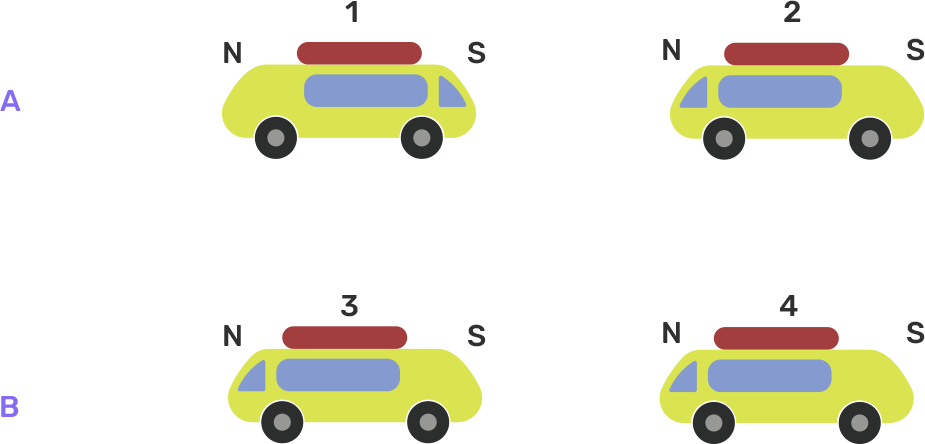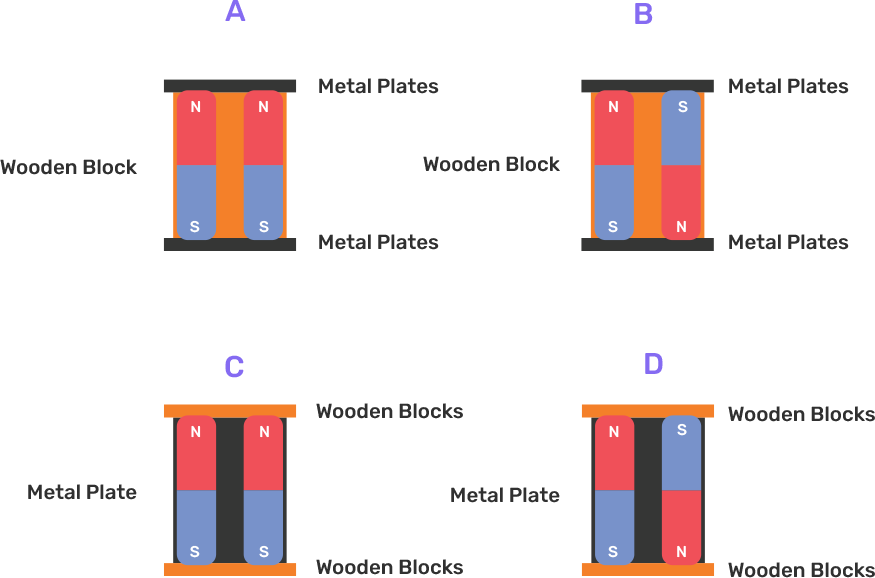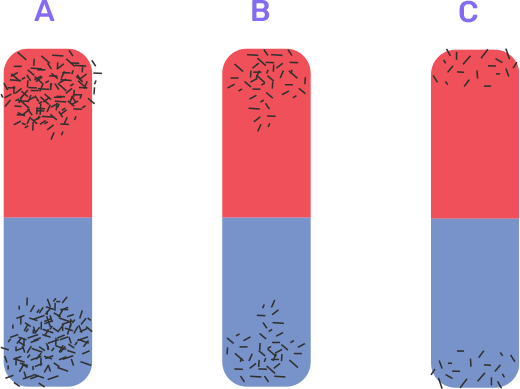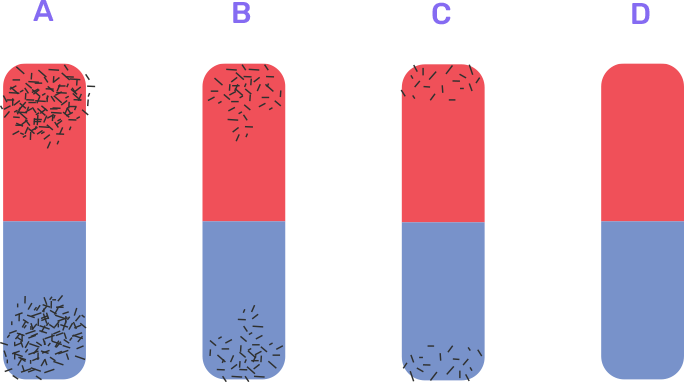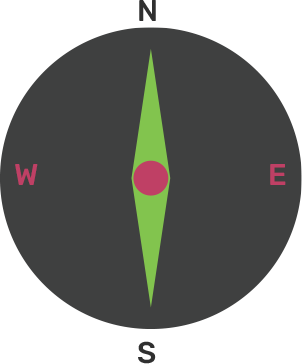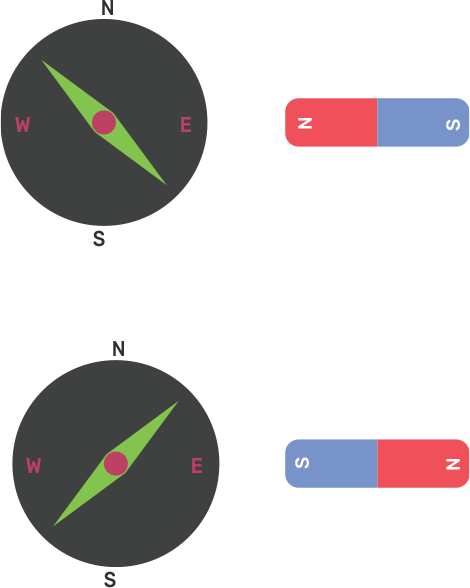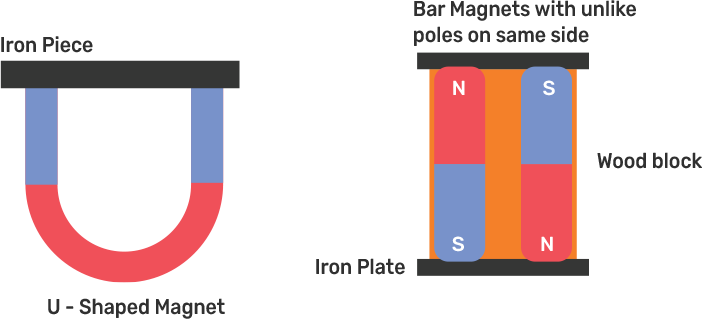Class 6 Science Solutions: Chapter 13 - Fun with Magnets: NCERT Exemplar
FAQs on NCERT Exemplar Class 6 Science Solutions Chapter 13 Fun with Magnets
1. What differentiates NCERT Exemplar Class 6 Science Solutions Chapter 13 Fun with Magnets from others?
The Exemplar activities in Chapter 13 provide a variety of different types of questions and answers that will allow you to practice sufficiently before appearing for your CBSE exams.
Additionally, it has questions that you must pick up and answer by observing events from your regular life.
The Exemplar questions are constructed in such a way that they will answer all of your questions about the topics.
The Exemplar exercises have been thoroughly explored to explain the science of magnets engagingly.
The solutions make it simple for you to engage with the chapter's numerous subjects.
The solutions cover all of the chapter's critical and basic concepts and serve as an excellent revision tool.
NCERT Exemplar Class 6 Science Solutions from Vedantu help you get the confidence to solve all kinds of questions in your exams.
2. How can I find NCERT Solutions in a short period?
Free NCERT Exemplar Class 6 Science Solutions Chapter 13 Fun with Magnets are readily available at Vedantu for students.
Subject matter experts have created the solution study resources. All of the information you'll discover here is both concise and accurate. To assist students in better preparing for tests, they can use them alongside their textbooks.
3. What is the need for NCERT Solutions PDF among students?
Vedantu's NCERT solutions PDF is a must-have reference for all students in grades 1 through 12.
This PDF paper contains detailed explanations of the solutions and is being strongly endorsed by the Educators.
Students should read the PDF frequently to improve their understanding of the subject and their exam performance.
Students should study the PDF frequently to improve their exam performance and understanding. The PDF eliminates the need to search through your textbook for answers because all solutions provided in the PDF are organized by chapter and subject.
4. What types of questions and answers are included in the PDF solution?
Vedantu's NCERT Exemplar Class 6 Science Solutions include a variety of question styles, making the PDF more interesting and less monotonous. It has been classified as follows:
Long Question & Answer
Short Question & Answer
Fill in the blanks
Match the column
These varied QnA activities keep students engaged and on their toes when it comes to understanding and recalling content.
5. Is there any homework in NCERT Exemplar Class 6 Science Solutions Chapter 13 Fun with Magnets by Vedantu for the students?
Yes. There are numerous worksheets and assignments provided to ensure that students practice frequently and in a variety of methods so that they never become confused when confronted with any type of question during the examination.


















